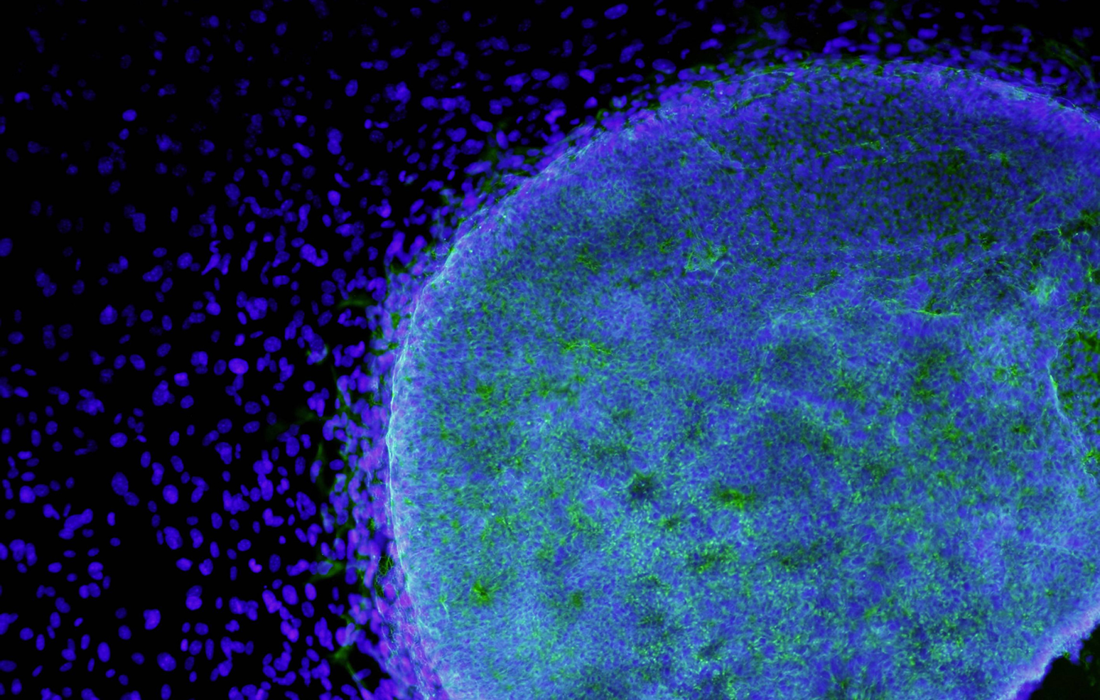Stem Cell Therapy for Specific Conditions
What Source of Stem Cells Is Better?
Mesenchymal stem cells (MSCs) can be found in many adult tissues and are an attractive stem cell source for the regeneration of damaged tissues in clinical applications because they are characterized as undifferentiated cells, able to self-renew with a high proliferative capacity and that possess differentiation potential.
Although bone marrow (BM) has been the main source for the isolation of MSCs, the harvest of BM is a highly invasive procedure and the number, differentiation potential, and maximal life span of MSCs from BM decline with increasing age.
One alternative source is umbilical cord blood (UCB), which can be obtained by a less invasive method, without harm for the mother or the infant. Adipose tissue (AT) is another alternative source that can be obtained by a less invasive method and in larger quantities than BM.
In a study published in the journal Stem Cells, researchers evaluated the use of these 3 sources of MSCs and compared their morphology, frequency of colonies, expansion characteristics, multilineage differentiation capacity, and success rate of isolating the cells.
Results of the study
The researchers found no significant differences concerning the morphology and immune phenotype of the MSCs derived from these sources.
Differences could be observed concerning the success rate of isolating MSCs, which was 100% for BM and AT, but only 63% for UCB. However, umbilical cord blood MSCs could be cultured longest and showed the highest proliferation capacity, whereas BM possessed the shortest culture period and the lowest proliferation capacity.
According to the study Umbilical cord blood MSCs have a higher expandable capacity, meaning that you can obtain a higher number of total cells, which is better for clinical applications.
Source:
Susanne Kern, et al. Comparative Analysis of Mesenchymal Stem Cells from Bone MArrow, Umbilical Cord Blood, or Adipose Tissue. Stem Cells. Vol. 25, Iss 5. 2006. https://doi.org/10.1634/stemcells.2005-0342
Image from:
https://www.americamagazine.org/issue/success-rate-use-adult-stem-cells-staggering

